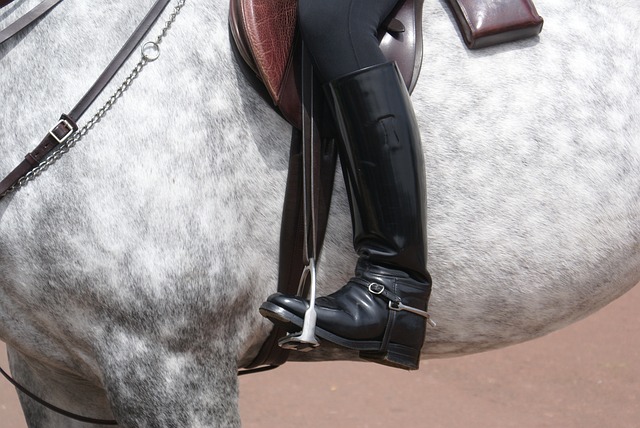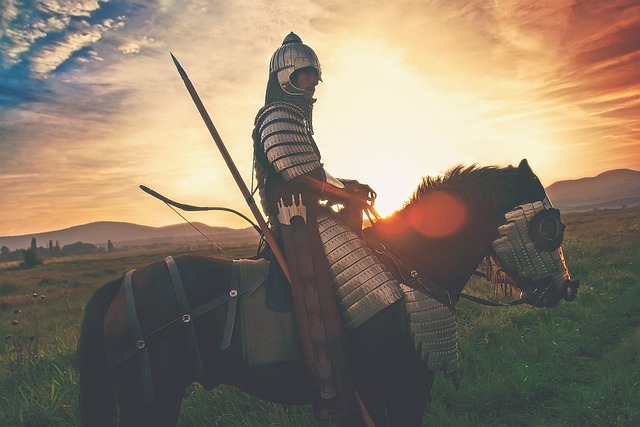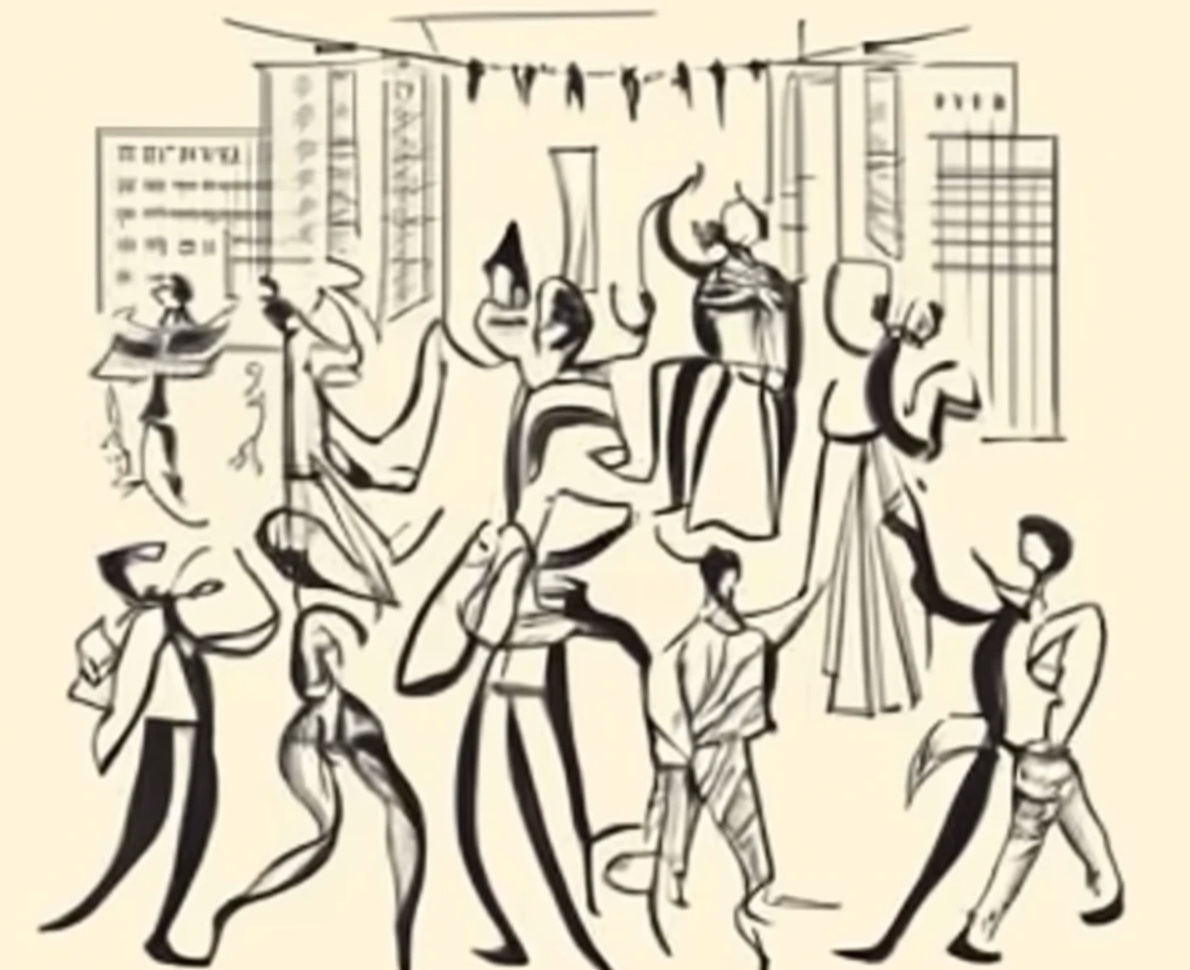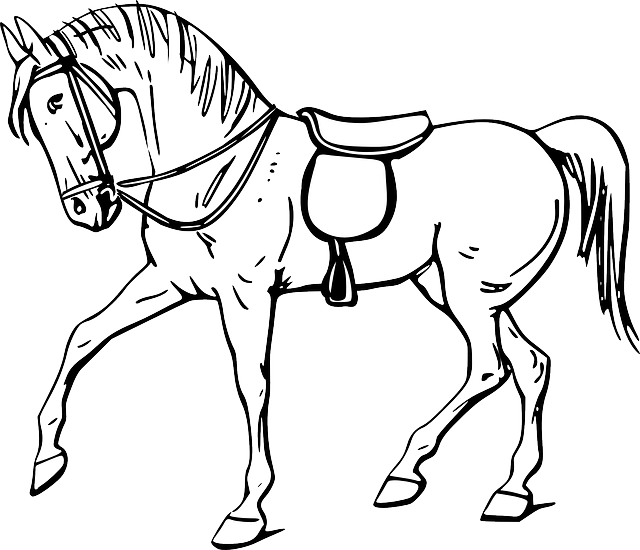Who is the Most Successful Aintree Grand National Jockey?
 The Aintree Grand National started in 1839. The most famous steeplechase in the world has and continues to be very popular. With the exception of the War Years from 1941 – 1945, one void race in 1993, due to a false start, and nightmare what was Covid 19 pandemic in 2020, the races have been a staple for viewers across the globe.
The Aintree Grand National started in 1839. The most famous steeplechase in the world has and continues to be very popular. With the exception of the War Years from 1941 – 1945, one void race in 1993, due to a false start, and nightmare what was Covid 19 pandemic in 2020, the races have been a staple for viewers across the globe.
176th Aintree Grand National (2024) was won by I Am Maximus. It was the first win for Paul Townsend.
Thousands of jockeys have ridden in the Aintree Grand National. Clearly, many jockeys have had umpteen attempts.
The number of horses to have raced from 1839 to 2024 is approximately 5,400.
In every sense we are talking big numbers. However, the chances of a jockey winning this race are slim and dependent on a number of factors including the ability of the horse, trainer jockey and a big heaped spoonful of luck. When you consider all those variables, the percentage chance of a jockey winning the Aintree Grand National is at best 3%.
Now, I know what you are saying: ‘Red Rum’s jockey(s) had more chance of winning than most.’ And when you consider the performance of this legend it is true.
Red Rum’s Aintree Grand National Performances from the perspective of the jockey:
1973 – Brian Fletcher 1st
1974 – Brian Fletcher 1st
1975 – Brian Fletcher 2nd
1976 – Tommy Stack 2nd
1977 – Tommy Stack 1st
If you were riding the great horse, over this period of time, winning the National was, if not easy, was a possibility.
When you look at the history of the Aintree Grand National, jockeys go from one extreme to the other.
For example, in this relatively modern era, Sir Tony McCoy (A.P.McCoy) had a sole win when riding Don’t Push It (2010). The 10/1jf, trained by Jonjo O’Neill, in the ownership of McManus was the first and last victory for McCoy. It was his 15 attempt. When you consider he was crowned Champion jockey for 20 consecutive years and amassed over 4,350 winners in his career, the National win wasn’t something to be taken for granted.
It should be mentioned that Jonjo O’Neill never even got round the National course.
He isn’t alone. There have been plenty of jockeys who have shown little success. Tom Scudamore rode 20 times and never in the first three.
He retired from race riding on the 23rd February 2023.
It must have been all the more annoying when his grandfather won on Oxo in 1959.
After hearing how difficult it is to win the Aintree Grand National, it’s about time we highlight the most successful jockey who achieved the most wins.
It’s probably no surprise to hear this came in a bygone age when there were fewer contenders and the ability between horses extreme.
George Stevens is the leading jockey of the Grand National with 5 wins:
1856 – Freetrader 25/1
1863 – Emblem 4/1
1864 – Emblematic 10/1
1869 – The Colonel 100/7
1870 – The Colonel 7/2f
Two significant rides on The Colonel were for the 9th Earl of Coventry, a Conservative politician, closely related to the royal family. The Eton educated Earl, enjoyed the high life and particularly racehorse ownership.
Stevens (1833-1871) started his riding career at the age of 16. In those days, races were infrequent and over a period of 22 years he won 76 races. Sadly, he was killed when suffering a fractured skull in 1871. His horse stumbled after bolting on his way home to Cleeve Hill.
In the last 15 years, three jockeys have faired well with two winners each:
2014 – Leighton Aspell 25/1
2015 – Leighton Aspell 25/1
2017 – Derek Fox 14/1
2018 – Davy Russell 10/1
2019 – Davy Russell 4/1f
2023 – Derek Fox 8/1f
Who will win this years Aintree Grand National?
 Since 1839, the Aintree Grand National has been a race to capture the imagination. Horse trainers, jockeys, owners and punters don’t feel complete until the day they have tasted victory in the most famous steeplechase in the world.
Since 1839, the Aintree Grand National has been a race to capture the imagination. Horse trainers, jockeys, owners and punters don’t feel complete until the day they have tasted victory in the most famous steeplechase in the world. The 1990s UK saw a transformative time. Margaret Thatcher was succeeded by John Major at the beginning of the decade.
The 1990s UK saw a transformative time. Margaret Thatcher was succeeded by John Major at the beginning of the decade. With the ending of World War I and formal signing of The Treaty of Versailles on the 28th June 1919, it was a period of social, political and cultural change.
With the ending of World War I and formal signing of The Treaty of Versailles on the 28th June 1919, it was a period of social, political and cultural change. The Wall Street Crash in 1929 had a major impact on the 1930s in the UK and across the world. The depression led to over 3 million unemployed, widespread poverty, and social unrest. It was a time of tension between workers and employers.
The Wall Street Crash in 1929 had a major impact on the 1930s in the UK and across the world. The depression led to over 3 million unemployed, widespread poverty, and social unrest. It was a time of tension between workers and employers.